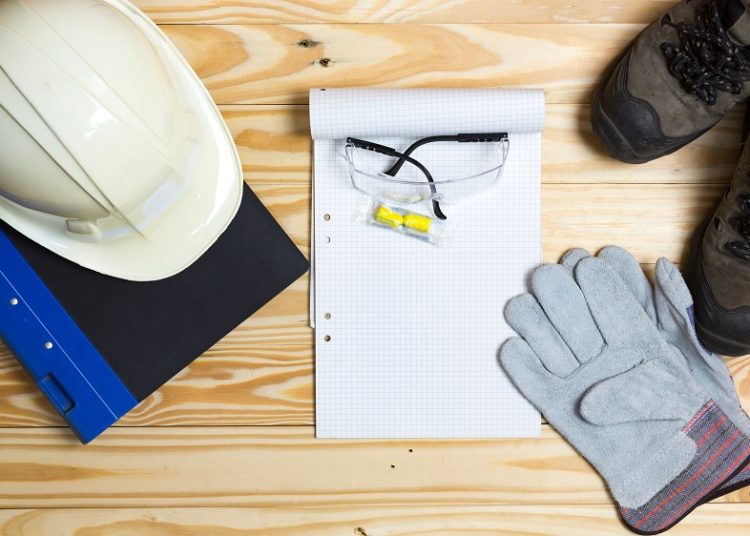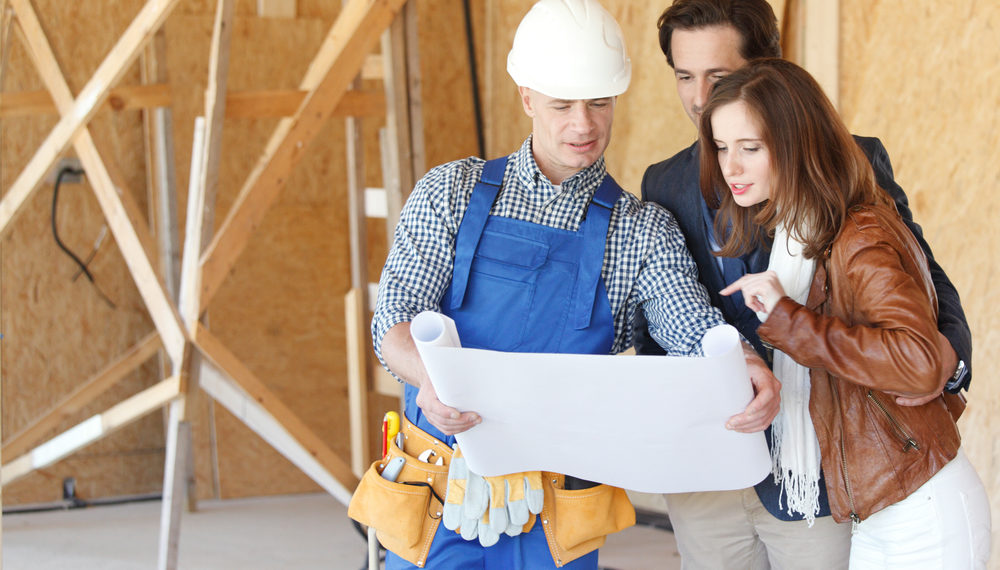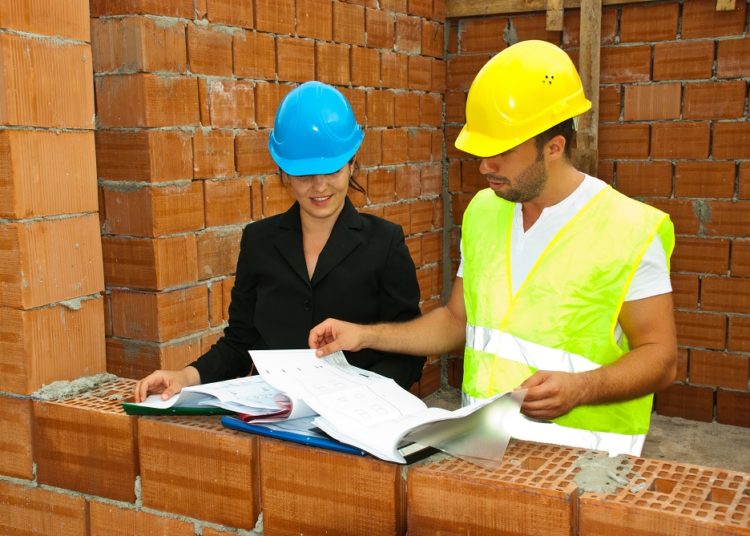If you are renovating, building or purchasing a new property, with an inspection you get to make sure that what you buy is indeed a must. One of the most common types of inspection performed is building inspection where the defects of the property are verified for achieving an accurate report of its present condition. It, however, can be great to be informed beforehand about the kind of repairs and maintenance that you may require in future and sometimes, it’s much more beneficial to combine this with pest inspection services too.
How Does the Inspection Process Work?
The inspection process usually consists of three independent phases which are explained below:
- Schedule: The first phase is where you schedule the date and time for inspection. This is where you can discuss your requirements with the inspectors. Ask any queries that you have and even gather information about how the final report will be prepared.
- Inspection: Next is the inspection phase. In this, the professional will arrive at the property on the designated day and carefully analyze the major components and systems of the home. On average, the session would take about 2 hours or more, based on the condition and size of the property.
- Report: In this phase, the professionals would compile their findings from the building inspection in a detailed report. The report usually contains clear descriptions, photographs, and recommendations, if any.
Who Should Perform the Building Inspection?
The inspection must always be carried out by a competent inspector who is insured and licensed. Experience is of utmost importance as with this they will be able to uncover various flaws that otherwise would stay hidden. Apart from this, they must be completely accredited with a regulatory body. Make sure that the inspector which you choose adheres to relevant inspection standards while carrying out the process and even formulating the report.

The report must be delivered in a simple, plain and understandable language and should also have information about the different areas of the property that was part of the building inspection.
What Does a Building Inspection Service Cover?
There is a wide range of elements covered under building inspection services and some of them are enlisted below:

- Fixtures and Plumbing: This includes various aspects of the system such as water distribution system, water pressure, bath/shower, sanitary system, faucets and sinks, hose bibs and so on.
- Roofing System: Everything from the skylights, flashings, shingles to chimneys, trims, gutters, vents, downspouts, drip edges, and associated roof components are examined.
- Interior & Exterior: Various elements present in the interior and exterior part of the house like the ceilings, flooring, stairs, walls, sinks, cabinets, built-in appliances, shelving, smoke detectors, attachment to the windows, vents, doors, siding materials and entryways.
- Electrical System: The electrical system is the core of any property. Considering this, inspectors analyze the service panel. switches, outlets, clearances, junction boxes, visible wiring and grounding system too.
Along with the major systems mentioned above, a typical building inspection service also comprises of heating and cooling systems, the basement, foundation & crawl space, fireplaces, porches, deck, and the overall structure. While choosing a professional company for inspection services, do focus on the various elements that are covered by them and then take a smart decision.
Before hiring an inspector, a good idea is to request for a quote, and even the average time it will take for them to complete the entire process of building inspection
. The time that they will take is extremely important, especially in cases when you want to rectify the issues immediately or aspire to buy the property at its best value.
Author Bio

I am Anna Wrench, a knowledgeable and qualified blogger. Here you can see my skills which give you brief ideas on understanding all the concepts with different themes. I adore writing a blog on many topics, like Home Improvement, Automotive, Business, Health, Lifestyle, Entertainment, Pet, etc.
















![What to with Scrap Metal? [infographic]?](https://facts-homes.com/wp-content/uploads/2019/07/645413-POPYOV-391-120x86.jpg)






